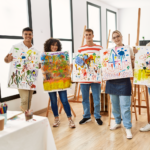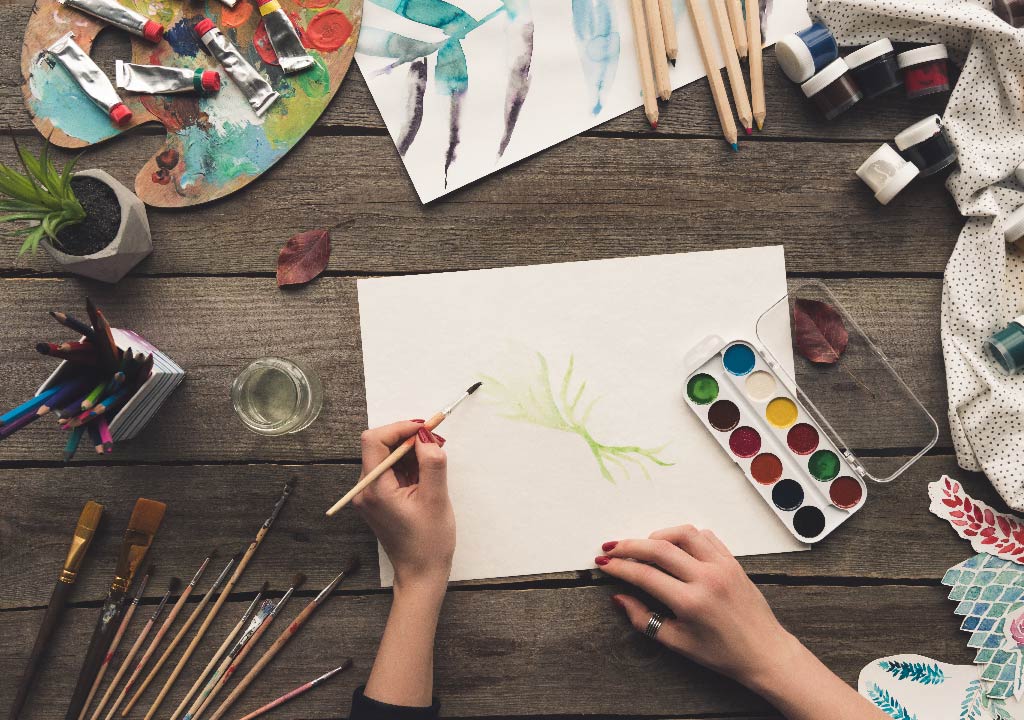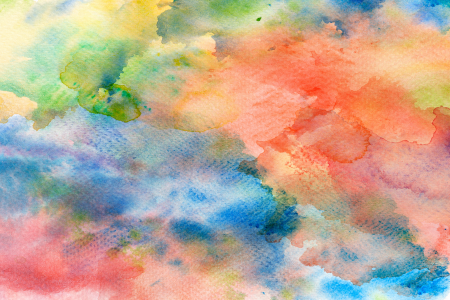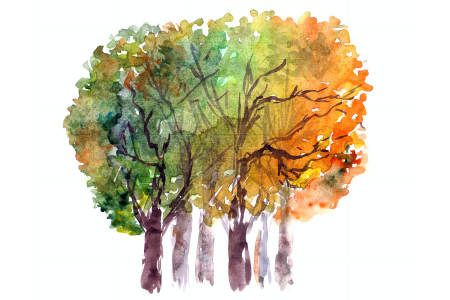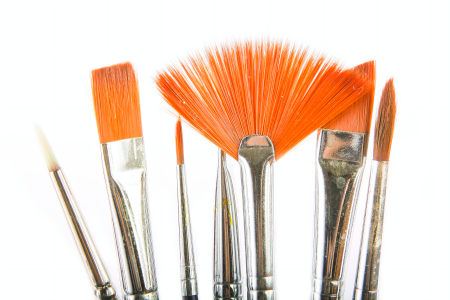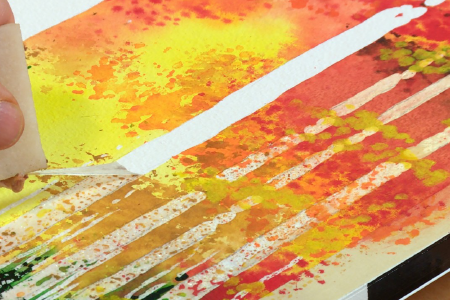Hello, dear art enthusiasts! Today, we embark on an exciting journey into the world of watercolor painting, a medium that offers boundless possibilities for self-expression and creativity. If you're just starting out on this artistic adventure, you're in the right place. In this blog post, we'll be your guide on a picturesque tour of essential watercolor painting techniques.
Understanding Watercolor Basics
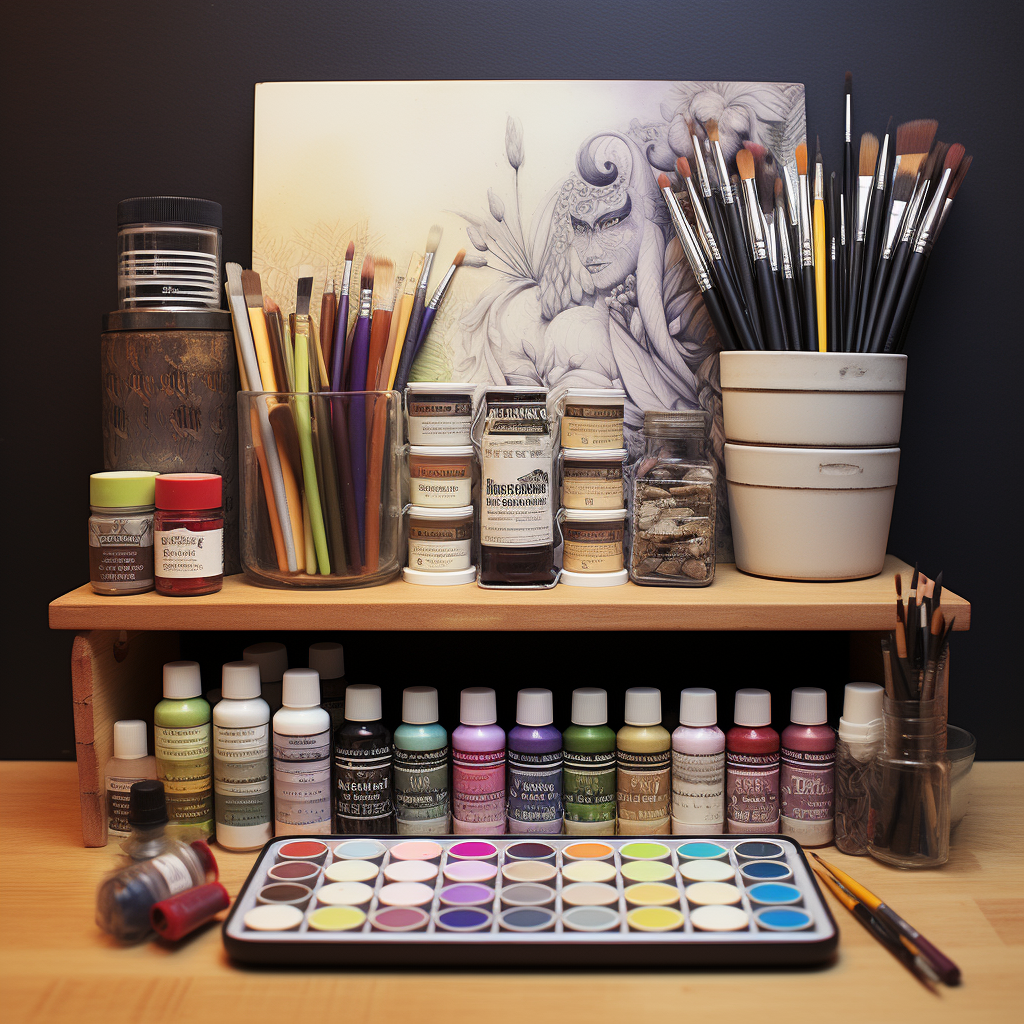
Before we dive into the specific techniques, let's get familiar with the basics of watercolor painting. Watercolors are known for their transparency and luminosity. They are composed of pigments suspended in a water-based solution. The magic of watercolor lies in its fluidity, allowing colors to blend and interact in beautiful, unpredictable ways.
Life is full of challenges. We all have them. Art has helped me through my own deep valleys.
― Sarah Jio
Essential Watercolor Techniques for Beginners
Imagine your canvas as a gentle sea, and your brush as the captain of a ship. With wet-on-wet painting, you apply paint to a wet surface, allowing colors to merge and create soft, dreamy transitions. This technique is perfect for creating vibrant backgrounds or creating soft, blended skies.
Practicing and Growing as an Artist
Remember, dear beginners, practice makes perfect. Don't be discouraged by initial challenges. Watercolor is a medium that rewards patience and experimentation. Keep a sketchbook or a dedicated watercolor journal to document your progress and ideas.
As you embark on your watercolor journey, keep in mind that art is a form of self-expression and self-discovery. Let your emotions flow onto the paper, and don't be afraid to make mistakes. Every brushstroke is a step toward mastering this beautiful medium.
Join our art therapy community forum to share your watercolor experiences and connect with fellow artists who are on the same creative path as you. We're here to support and inspire one another.
So, pick up your brushes, choose your palette, and let the colors of your imagination flow onto the canvas. Happy painting, and may your artistic voyage be filled with joy and discovery!
How To
Browse our helpful guides to awaken your artistic spirit.
Materials
See our art supply recommendations and more.
Community
Share your artwork, encourage others, and get inspired.



